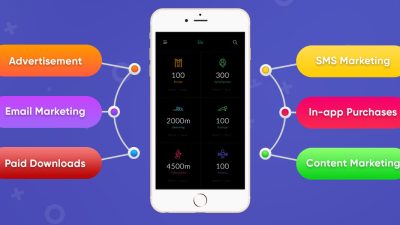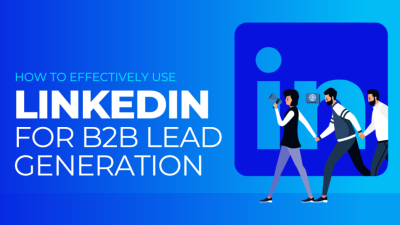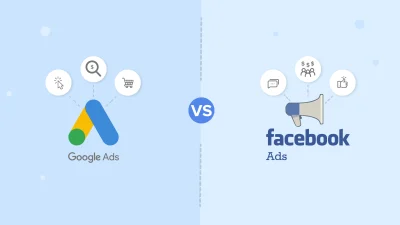Introduction
In the startup world, speed, innovation, and user experience are everything. Mobile apps have become a powerful way for startups to reach customers, validate ideas, and scale quickly. But building a successful Mobile App Development for Startups app isn’t just about hiring developers—it’s about understanding the process, making strategic decisions, and avoiding common pitfalls.
This guide walks you through everything a startup needs to know about mobile app development—from planning and budgeting to choosing the right tech stack and launching successfully.
1. Why Startups Should Consider Mobile Apps
Market Opportunity
- Over 6.5 billion smartphone users globally
- Mobile-first behavior dominates consumer habits
- App-based businesses scale faster and retain users better
Startup Advantages
- Direct access to users
- Real-time feedback and analytics
- Monetization through subscriptions, ads, or in-app purchases
2. Define Your App’s Purpose and Value Proposition
Before writing a single line of code, clarify:
- What problem does your app solve?
- Who is your target audience?
- Why would users choose your app over competitors?
Tools to Help:
- Lean Canvas
- Value Proposition Canvas
- User Persona Templates
Deliverables:
- Clear app concept
- Defined goals and KPIs
- Elevator pitch for investors and users
3. Validate Your Idea Before Development
Why Validation Matters:
Building an app without validation can waste time and money. Validate demand and usability before investing in development.
Validation Methods:
- Surveys and interviews
- Landing page with email capture
- MVP or prototype testing
- Competitor analysis
Tools:
- Typeform, Google Forms
- Unbounce, Carrd
- Figma, InVision
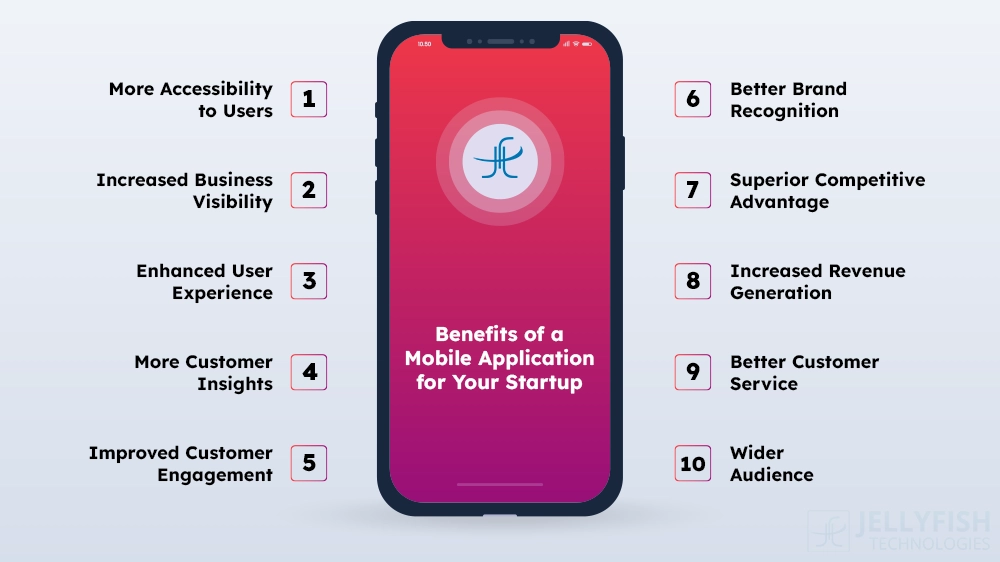
4. Choose the Right Development Approach
Options:
- Native Apps: Best performance, built separately for iOS and Android
- Cross-Platform Apps: One codebase for both platforms (e.g., Flutter, React Native)
- Hybrid Apps: Web technologies wrapped in native containers (e.g., Ionic)
Factors to Consider:
- Budget
- Timeline
- Target audience
- Required features
5. Build a Minimum Viable Product (MVP)
What Is an MVP?
An MVP is a stripped-down version of your app with core features that solve the main problem.
Benefits:
- Faster launch
- Lower cost
- Real user feedback
- Easier pivoting
MVP Features Might Include:
- User registration
- Core functionality (e.g., booking, messaging, ordering)
- Basic analytics
- Feedback mechanism
6. Assemble the Right Team
Team Roles:
- Product Manager
- UI/UX Designer
- Front-End Developer
- Back-End Developer
- QA Tester
- Marketing Lead
Hiring Options:
- In-house team
- Freelancers
- Development agency
- Hybrid model
Tips:
- Look for startup experience
- Prioritize communication and agility
- Use platforms like Upwork, Toptal, or Clutch
7. Design for User Experience (UX)
Why UX Is Critical:
Startups live or die by user retention. A confusing or clunky app will lose users fast.
UX Best Practices:
- Simple onboarding
- Clear navigation
- Fast load times
- Feedback loops (e.g., loading indicators, confirmations)
Tools:
- Figma, Adobe XD
- UserTesting
- Hotjar
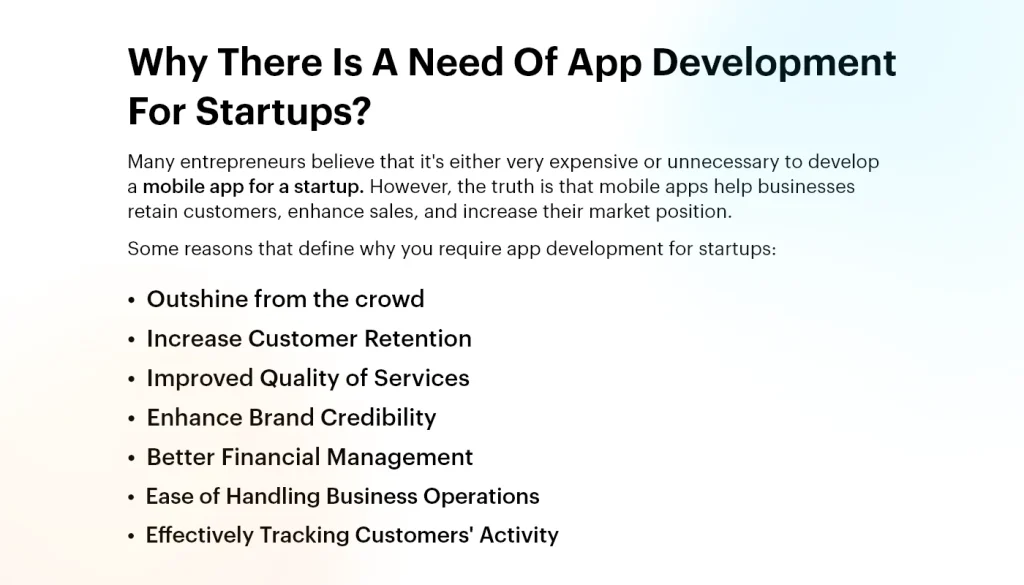
8. Key Features Every Startup App Should Consider
Core Features:
- User authentication
- Push notifications
- In-app messaging or chat
- Payment integration
- Analytics dashboard
- Offline mode (if applicable)
Optional Features:
- Social login
- Referral system
- Gamification
- Location services
9. Budgeting and Cost Breakdown
Typical Cost Ranges:
- MVP: ₹2,00,000–₹8,00,000
- Full-featured app: ₹10,00,000+
Cost Factors:
- Design complexity
- Number of platforms
- Backend infrastructure
- Third-party integrations
Hidden Costs:
- App store fees
- Maintenance and updates
- Marketing and ASO
- Legal and compliance
10. Development Process: Step-by-Step
- Discovery & Planning
- Wireframing & Design
- Front-End & Back-End Development
- Testing & QA
- Deployment
- Post-Launch Support
Agile Methodology:
- Sprint planning
- Iterative development
- Continuous feedback
11. Testing and Quality Assurance
Types of Testing:
- Functional testing
- Usability testing
- Performance testing
- Security testing
- Device compatibility
Tools:
- Appium, TestFlight, Firebase Test Lab
Why It Matters:
Bugs and crashes can ruin your launch. QA ensures a smooth user experience.

12. Launch Strategy
Pre-Launch Checklist:
- App store optimization (ASO)
- Beta testing
- Marketing assets (screenshots, videos)
- Press outreach and influencer partnerships
Launch Channels:
- App Store and Google Play
- Product Hunt
- Social media
- Email campaigns
13. Post-Launch Growth and Optimization
Key Metrics to Track:
- DAU/MAU (Daily/Monthly Active Users)
- Retention rate
- Conversion rate
- Churn rate
- Lifetime value (LTV)
Growth Strategies:
- Referral programs
- Push notifications
- Feature updates
- Paid ads and influencer marketing
14. Common Mistakes Startups Make
Avoid These Pitfalls:
- Building too many features too soon
- Ignoring user feedback
- Poor onboarding experience
- Underestimating marketing
- Skipping QA and testing
15. Legal and Compliance Considerations
What to Watch For:
- Privacy policies and terms of service
- GDPR and data protection
- Payment compliance (PCI-DSS)
- Accessibility standards
Tools:
- Termly, iubenda
- Legal consultation
Conclusion
Mobile app development for startups is a journey filled with opportunities and challenges. By focusing on user needs, validating your idea, building an MVP, and iterating based on feedback, you can create an app that not only works—but wins.
Whether you’re bootstrapping or backed by investors, understanding the process and making informed decisions will help you launch faster, grow smarter, and build something users truly love.



